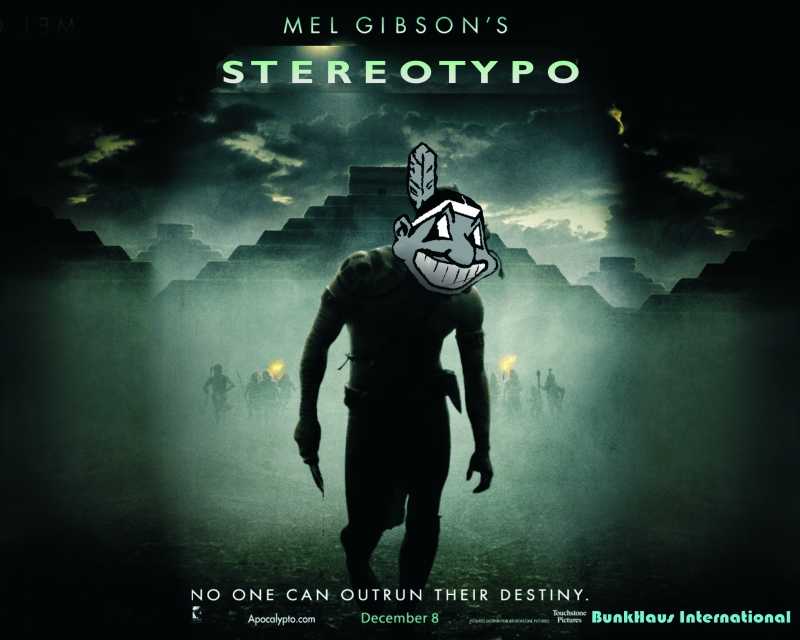To take a stand you have to stand up
By sincmurr
Penney Clark of the University of British Columbia, writes about how Aboriginal People are portrayed in English Canadian History Textbooks in her work entitled Teaching the Violent Past: History Education and Reconciliation. Dr. Clark divides the treatment of Aboriginal peoples in textbooks prior to 1970 into six general categories:
Aboriginal people as spectator or bystander–basically irrelevant to the main narrative of the text, and to the narrative of history of this country;
Aboriginal people as savage warriors; a danger lurking in the background of the settler story.
Aboriginal people as uniquely spiritual; followers of mystical beliefs, naïve to the forces at play around them and victim to their lack of astuteness.
Aboriginal people as problem;
Aboriginal people as protestor; and
Aboriginal people as invisible.
Nation-building has been the main theme of Canada’s history curricula for a long time, and Aboriginal people, except for a few notable exceptions trotted out as if to prove the rule, have been portrayed as bystanders, if not obstacles, to the enterprise of nation-building.
Totally lost was any sense of Aboriginal culture as a successful adaptation to the physical environment and of Aboriginal life as self-sustaining and self-sufficient in its own terms.
First, many of today’s leading and prominent Canadians attended school and university in that era, long before educational authorities began to take their first critical look at curricula as it relates to Aboriginal peoples. That education has influenced each and every one of us. As an Aboriginal student it denied to me any sense of pride about the role of my ancestors in the history of this part of the world. For my non-Aboriginal classmates, it taught them that we were wild and savage and uncivilized, and that given the conditions of Aboriginal people in modern society, we had not advanced very far from that state. My non-Aboriginal classmates were taught to be proud of the accomplishments of their ancestors in taming this “wild” country and wresting it from the “savages.” They have been educated throughout their lives to take pride in their ancestors’ having established this wonderful nation known as Canada and to take pride in the advanced civilizations from which their ancestors came. This so, even though the 17th century philosopher Thomas Hobbes observed that the life of the English commoner of his day was “…solitary, poor, nasty, brutish, and short.”
My education lacked such relevance for me, and this was so despite my success at it. I was a very good student, but my success came at a price. The education that I and others received taught us that my people were irrelevant. By implication it caused me to feel that I was too. It taught us to believe in the inferiority of Aboriginal people and in the inherent superiority of white European civilization, and in order to get the grades that I did, I was compelled to repeat that mantra. The educational system of my day did not teach us to respect Aboriginal people because it never told us anything about the Aboriginal presence in this country that showed the humanity of the people. We were treated as no more significant to the evolution of this country than the rocks and rivers and trees and wildlife. We were all educated to be the same, and if we, as Aboriginal students, rebelled, we were weeded out, or we weeded ourselves out. Of the dozens of Aboriginal students I started grade school with, few graduated from high school, even though they were equal or superior in intelligence to many of my fellow grads. Even my brother and sister did not graduate from high school, and there are members of my family who will happily tell you they were, and are, smarter than me. But though I, and other Aboriginal students, succeeded in that system, it was not without cost to our own humanity.
Since this essay is primarily about textbooks before 1970, I presume they've changed for the better. But the final point--being taught Natives were irrelevant--applies to more than just textbooks. We're still instilling that belief throughout our culture: via Indian mascots, hipsters in headdresses, phony movie portrayals, Maya apocalypse jokes, and much more. Every false or stereotypical depiction of Indians contributes to the overwhelming impression that they're savages--i.e., primitive people of the past who no longer exist.
For more on the subject, see Columbus Day Celebrates Conquest and "6 Ridiculous Lies" About Indians.


No comments:
Post a Comment